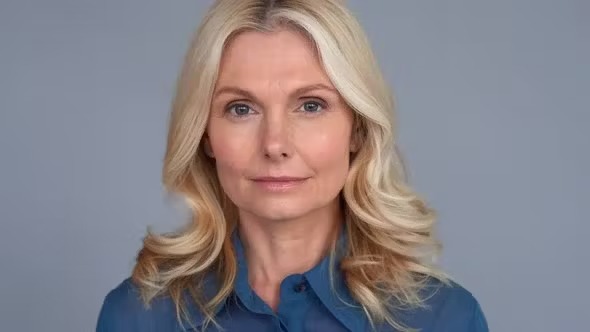Swedish retirees demand fairer pensions for women
“Old ladies need more money!” a group of grey-haired women chants in front of Sweden’s parliament, as their recurring protest against the country’s pension system enters its 10th year.
During the warmer months, members of the red-hatted “Tantpatrullen” (The Old Lady Patrol) gather every Thursday on the cobble streets of Stockholm’s Old Town, right across from Sweden’s parliament. They have just begun their 2023 protest season.
In a country that prides itself on being a champion of feminism and gender equality, the association of retired women is calling for an increase in pensions for women, who are penalised by a system that favours people with high salaries who work well into their sixties.
In Sweden the average gap between men’s and women’s pensions is 28 percent, the largest among the Nordic countries, according to a recent study by the inter-parliamentary Nordic Council.
Women pensioners on average receive 17,000 kronor ($1,650) before tax a month, while men get an average of 24,200, according to the Swedish Pensions Agency.
“Women’s pensions are much lower compared to men’s because women have lower salaries but also because they do a lot more unpaid work and therefore they work more part-time,” said Jenny Andersson, an expert with the feminist umbrella organisation Sveriges Kvinnoorganisationer and author of the Nordic Council study.
The gap has led some banks to advise clients to share childcare, parental leave or even to transfer part of the pension to the lower-earning partner.
The “patrol” first took to the streets to demonstrate in 2014, outraged that the plights of retired women remained a non-issue in the middle of an election campaign.
“We thought ‘No-one is talking about this! We have to talk about it.’ So that’s how we started,” Rundberg said.
In the 1990s, Sweden was in the midst of a shift to more liberal and privatised systems, and wanted to move to a more financially sustainable pensions system in the face of rising living standards.
In 1999, it introduced a new system based in part on lifetime earnings and in part on funds invested in markets.
At the time of retirement, the sum contributed by the employee — plus that invested in the financial markets — is divided by the number of years left to live, based on average life expectancy.
The earlier one retires, the more the amount will be divided and the lower the pension will be.
Women who have had tough, full-time jobs or have taken care of children “need to stay longer in the workforce to get only a decent pension”, said Joel Stade, a pensions expert at the Swedish National Pensioners’ Organisation PRO, which has some 270,000 members.
Sweden has one of the highest rates of older people in the workforce. Women retire at an average age of 64.9, almost a year earlier than men (65.8), according to the OECD.
Swedish women are also more likely to work in the public sector, within healthcare, education and childcare — where salaries tend to be lower than in the private sector.
According to Eurostat, 17.2 percent of women pensioners in Sweden are at risk of poverty, compared to only nine percent of men.
In addition, 43 percent of women receive just the minimum guaranteed pension, which is paid to those who have only a small additional pension or none at all, according to the Nordic Council.
The minimum guaranteed pension amounted to 10,631 kronor per month in 2021.
Andersson believes that Sweden should take inspiration from Nordic neighbours Denmark and Iceland.
These countries pay a higher minimum pension and take less account of the level of salary earned before retirement. As a result the gender gap is lower — eight percent in Denmark and five in Iceland.
But despite criticism and renewed calls for change as inflation has soared, reform in Sweden currently seems a long way off.
The pension working group in the national parliament does not include members of the far-right Sweden Democrats (SD), which was absent from parliament at the time of the 1999 reform.
Now the SD has grown to become the country’s second largest party and without it at the table, prospects of change in the next few years are considered dim.
Read more @TheAustralian
214 views










